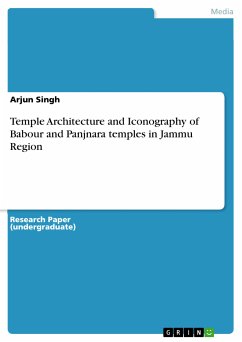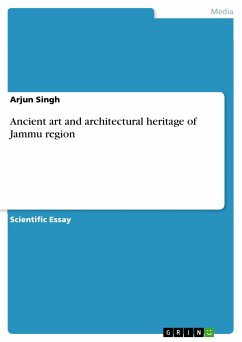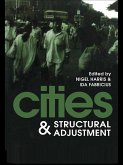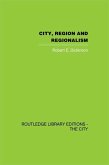Research Paper (undergraduate) from the year 2014 in the subject Art - Architecture / History of Construction, , language: English, abstract: In Jammu region sikhara temples both of ancient and recent origin are very common. These vary in regard to as they possess only the sanctuary or more parts of a typical sikhara temple. Some of the temple consist of a single cella in which the idol is housed and have an enter room or mädapa. The ancient temples, however, are entered through an ornamented porch usually supported by two pillars. The early medieval temples in Jammu region are two types. Firstly, ¿¿iratha embellished by a variety of carvings and architectural designs as in the case of temples at Krimachi and most probably the Devi shrine at Babour. The second type to be seen in all other temples at Babour, which are not ¿¿iratha in construction but are equally decorated with carved embellishments and architectural design. The temple of recent origin do not possess such outer formalities except that they have large curvilinear sikharas with a small melon-type amalaka or simply a bhumi in some cases on the highest narrow point to serve as base for a metallic kalasa, set of three ghatas diminishing upwards, topped by a lotus bud pointed upwards. The lower portion or jangha is invariably a rectangular construction, all constructed out of bricks, leaving no scope for carved embellishment, but only for architectural designs, embellishing niches, projections like eves, bandhanas, ardha- sikharas and the like.
Dieser Download kann aus rechtlichen Gründen nur mit Rechnungsadresse in A, B, BG, CY, CZ, D, DK, EW, E, FIN, F, GR, HR, H, IRL, I, LT, L, LR, M, NL, PL, P, R, S, SLO, SK ausgeliefert werden.









